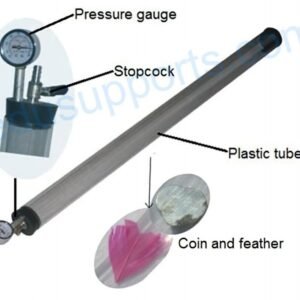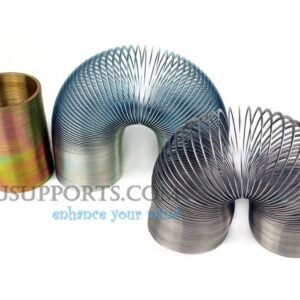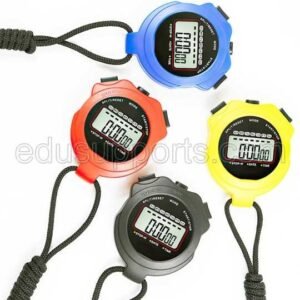Free Fall Apparatus for Studying and Measuring Acceleration of Gravity
The Free Fall Apparatus is an essential tool designed for studying and measuring the acceleration due to gravity with precision. It provides an excellent demonstration of free fall motion, allowing for accurate data collection and analysis.
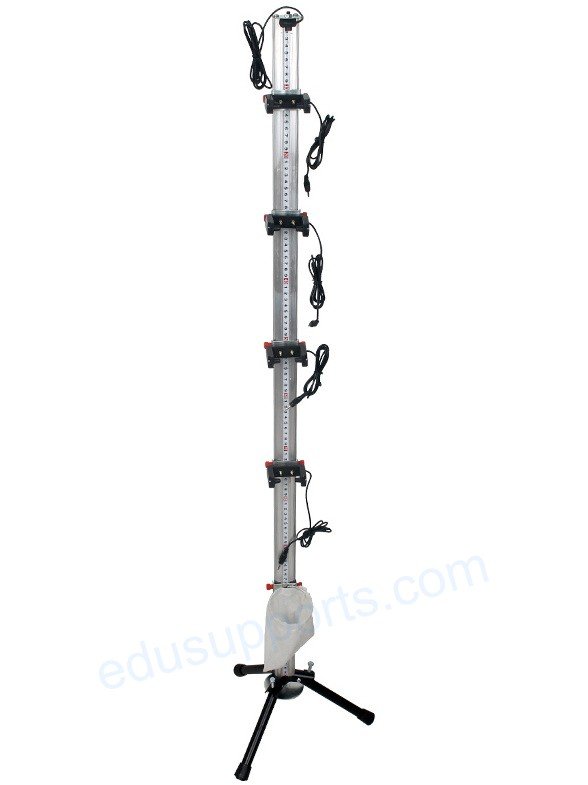
Key Features:
- Precision Measurement: Accurately measures the acceleration of gravity using a steel ball and digital timer.
- Electromagnetic Release: The steel ball is suspended by an electromagnet and released via a switch on the digital timer, ensuring consistent and reliable timing.
- Adjustable Photogates: Photogates on the vertical rod can be moved freely to various positions, allowing for customizable experimental setups.
- Rugged Construction: Built with a sturdy aluminum alloy rod and triangular base with level adjuster knobs for stability and durability.
- Ease of Use: The photogates and electromagnet are pre-wired to a cable harness, simplifying electrical setup. Just plug the harness into the digital timer.
- Plumb Line Alignment: Includes a plumb line that ensures the apparatus is vertically aligned correctly, enhancing measurement accuracy.
Components:
- Aluminum Alloy Rod with Scale: Durable and easy to read, facilitating precise positioning.
- Electromagnetic Ball Release: Provides a reliable method for initiating the free fall.
- Photogates with Cable Harness: Pre-wired for simple setup, capturing the fall time accurately.
- Steel Balls (Two): Used for the free fall experiments.
- Plumb Line: Ensures correct vertical alignment.
- Catcher: Catches the ball at the bottom, preventing damage.
- Instructional Manual: Provides detailed setup and operation instructions.
Requirements (Not Included):
Digital Timer with Photogates: Necessary for recording the fall time and calculating acceleration.
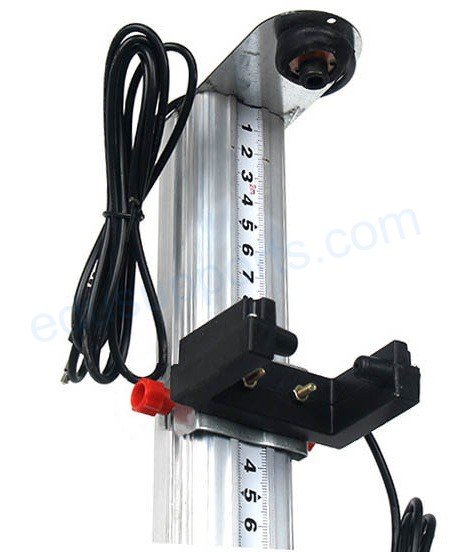
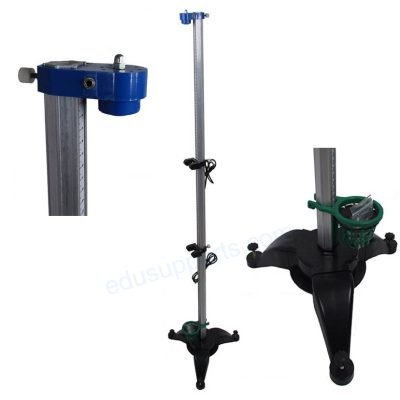
Experiment Procedure:
- A steel ball is suspended using an electromagnet.
- Activating a switch on the digital timer releases the ball, initiating free fall.
- During its descent, the ball is influenced solely by gravity.
- The digital timer records the fall time to the first photogate and the time to pass through it.
- Movable photogates capture the ball’s acceleration, and the digital timer records the data.
- The ball is caught in a catcher at the bottom of the apparatus after the fall.
Free Fall-Single Pendulum Apparatus
The Free Fall-Single Pendulum Apparatus is meticulously designed for both qualitative and quantitative studies of free-falling bodies, specifically to measure acceleration due to gravity. With a capability to measure up to 160 cm of free-fall distance, this apparatus is an essential tool for physics experiments.

SKU:0201010240
Additional Requirements:
Digital Timer with Photogates: Necessary for recording the fall time and calculating acceleration (not included).
Key Features:
- Precision Measurement: Facilitates detailed study of free-falling bodies, capturing accurate acceleration due to gravity.
- Electromagnetic Release: A steel ball is suspended by an electromagnet and released to fall towards a catching net fixed on a cast-iron base.
- Adjustable Photogates: Moveable photogates capture the motion of the falling ball, and the data is recorded by a digital timer.
- Sturdy Construction: Made of durable aluminum alloy with a yellow scale for easy measurement. The vertical rod is supported by a solid tripod base.
- Easy Alignment: The vertical rod can be adjusted to true vertical using the leveling bolts on the tripod base and the included plumbline.
Components:
- Aluminum Alloy Vertical Rod with Scale: Ensures durability and accurate measurements.
- Electromagnet: Holds and releases the steel ball for consistent experiments.
- Photogates with Cables and Plugs: Capture the motion of the falling ball for precise data collection.
- Steel Ball (18mm): Used for the free-fall experiments.
- Plumbline: Ensures correct vertical alignment.
- Catching Net: Fixed on the cast-iron base to safely catch the falling ball.
- Pendulum: Included for additional pendulum experiments.
- Instruction Manual: Provides comprehensive setup and operation guidelines.
Experiment Procedure:
- Setup: Assemble the apparatus by attaching the vertical rod to the tripod base and positioning the photogates.
- Suspend the Ball: Use the electromagnet to suspend the steel ball at the top of the rod.
- Release and Measure: Deactivate the electromagnet to release the ball. The digital timer records the time it takes for the ball to pass through the photogates.
- Analyze Data: Use the recorded times to calculate the acceleration due to gravity.
Models and specifications
Free Fall Apparatus | Specification |
SKU | 0201010210 |
Overall height of apparatus | 140cm |
Overall height of experiment | 120cm |
Power of electromagnet | DC 6 V |
Diameter of steel ball | 16mm |
Relative errors on measuring g: (the acceleration of free fall) | 2% |
Models and specifications
Free Fall Apparatus | Specification |
SKU | 0201010220 |
Overall height of apparatus | 160cm |
Overall height of experiment | 150cm |
Power of electromagnet | DC 6 V |
Diameter of steel ball | 18mm |
Relative errors on measuring g: (the acceleration of free fall) | 2% |
Models and specifications
Free Fall-Single Pendulum Apparatus | Specification |
SKU | 0201010240 |
Overall height of apparatus | 160cm |
Overall height of experiment | 150cm |
Power of electromagnet | DC 6 V |
Diameter of steel ball | 18mm |
Relative errors on measuring g: (the acceleration of free fall) | ≤ 2% |
*Products and configuration list described herein are subject to changes without notice.



